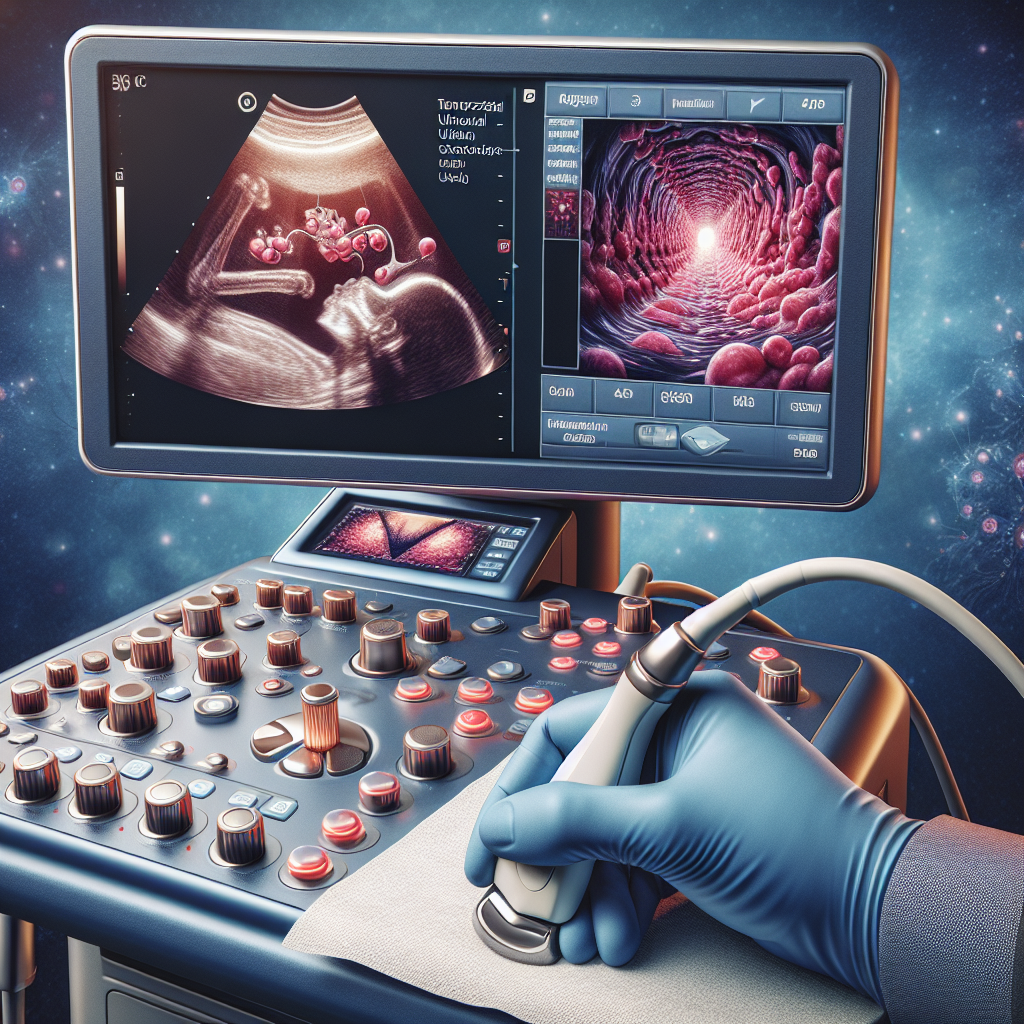Exploring Transrectal Ultrasonography: A Window into Prostate Health
Imagine wielding the power to peer into the hidden landscapes of the human body, all without breaking the skin's surface. That's the remarkable essence of transrectal ultrasonography (TRUS)! It's a sophisticated diagnostic technique that provides invaluable insights into the prostate gland. This procedure is typically employed by urologists around the globe to assess prostate conditions in men, often for signs of prostate cancer or enlargement.
The Nitty-Gritty of Transrectal Ultrasonography
What is Transrectal Ultrasonography?
At the heart of this intriguing process is ultrasound technology, a cornerstone in medical imaging. Ultrasound employs high-frequency sound waves to create visual images of organs and tissues within the body. TRUS specifically focuses on the prostate through the rectum, providing a unique vantage point. This approach is efficient because the rectum is right next to the prostate, thus offering clear and precise images.
Why Use Transrectal Ultrasonography?
The primary reason for using TRUS is its effectiveness in examining the prostate in detail. As men age, the prostate can enlarge or develop abnormal growths, which can lead to various health issues. TRUS helps in detecting early signs of prostate cancer, assessing its size and shape, and guiding biopsies to ensure precise sampling. It's a tool that bridges the gap between external physical exams and definitive diagnosis.
When is Transrectal Ultrasonography Recommended?
Doctors typically recommend TRUS when there are indications of prostate issues. For instance, elevated prostate-specific antigen (PSA) levels in blood tests, abnormal digital rectal exams (DRE), or when prostate cancer is suspected due to symptoms like difficulty urinating or pelvic discomfort. It’s a highly targeted approach that helps in planning further treatment or interventions with great accuracy.
How Does the Procedure Work?
The procedure is straightforward, non-invasive, and usually takes about 15-30 minutes. Here's what you can expect:
Preparation: Patients may be advised to perform an enema before the examination to ensure the rectum is clear.
Positioning: During the procedure, the patient will lie on their side, usually with knees pulled up – a position known as 'the fetal position'.
Ultrasound Probe: A thin, lubricated probe is gently inserted into the rectum. The probe emits sound waves that bounce off the prostate, creating a sonographic image on a screen.
Image Interpretation: The attending physician will interpret the images, looking for any abnormalities or changes in the prostate’s size or texture.
Biopsy Guidance: If necessary, TRUS can guide the precise collection of tissue samples, an invaluable step for diagnosing cancer.
TRUS is relatively pain-free, though some patients may experience mild discomfort during the procedure. Its benefits far outweigh these minor inconveniences.
Advantages of Transrectal Ultrasonography
Non-Invasive Precision
TRUS is minimally invasive, avoiding the need for surgical procedures while providing a clear look at the prostate’s architecture. This reduces recovery time, risks, and costs associated with more invasive diagnostic methods.
Early Detection and Peace of Mind
Thanks to the clarity provided by TRUS, medical professionals can catch potential prostate issues early. This proactive approach not only aids in planning prompt treatment but also offers peace of mind to patients by ruling out serious conditions with accuracy and clarity.
Guidance for Treatment
For those requiring further intervention, TRUS is extremely valuable. It ensures precision in biopsies and other procedures targeting the prostate, reducing the likelihood of sampling errors and improving the outcomes of potential treatment plans.
The Future is Bright for Transrectal Ultrasonography
As with many areas of medical science, the field of urology is ever-evolving. Emerging technologies promise to make transrectal ultrasonography even more powerful and accessible. Advances in 3D imaging, elastography (which assesses tissue stiffness), and computer-aided diagnosis are set to refine the tool’s accuracy. This will enhance patient outcomes and open doors to innovations in cancer detection and management.
Transrectal ultrasonography stands as a testament to human ingenuity, turning invisible processes into visible clarity. It's a glow of optimism in the world of healthcare, offering men the chance to tackle potential health challenges head-on, with detail and precision.
Conclusion: Embracing The Sound of Progress
The bridge that transrectal ultrasonography forms between mystery and understanding in medical diagnosis is nothing short of inspiring. With its ongoing advancements and crucial role in early prostate cancer detection, it brings us one step closer to a future where healthcare is ever more preventative and personalized. Whether you're a patient, a healthcare provider, or simply a curious reader, the journey through TRUS is a reminder of how the marriage of technology and medicine can illuminate the path forward for human health. Let’s marvel at how far we’ve come and rejoice in the promising horizon that lies ahead!

